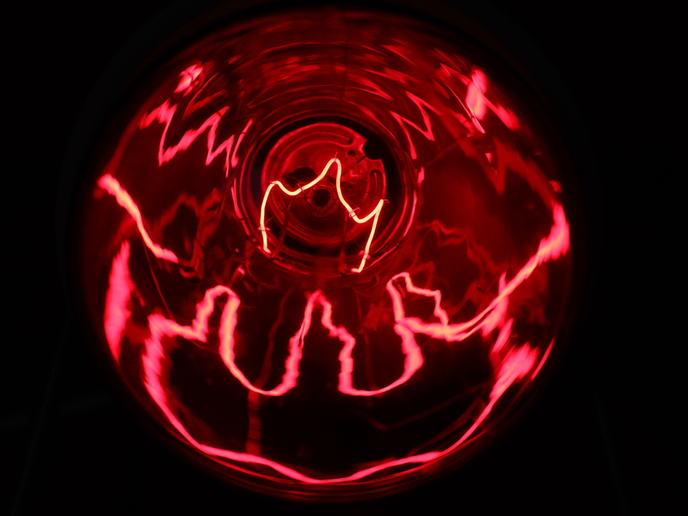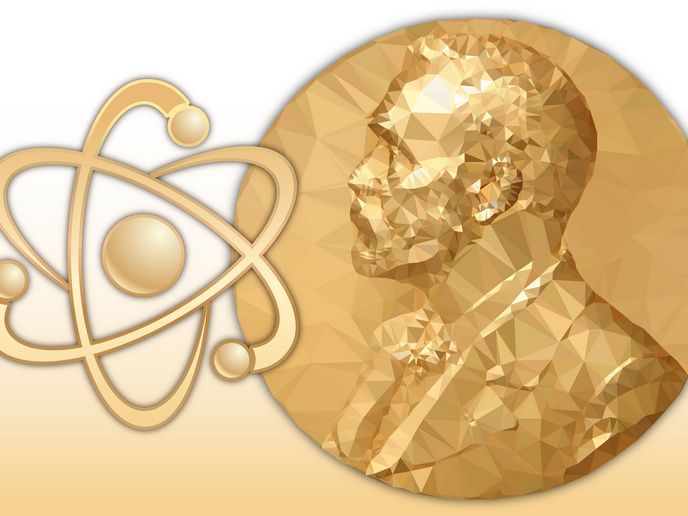Research reveals new exotic quantum phenomena in atom-nanophotonics interfaces
Research on efficient light-matter interfaces at the nanoscale has recently sparked intense interest mostly due to their plethora of potential applications, including quantum computing and quantum sensing at a single photon level. Enhancing light-matter interactions typically involves coupling an atom to a macroscopic system, such as a large optical cavity, or connecting a dense cloud of atoms with light in free space. The next step is to couple atoms to nanophotonic structures. This integration can make light-matter interactions even stronger, resulting in more robust systems. “A question that cuts to the heart of it all is whether use of nanophotonic interfaces can reveal quantum phenomena never witnessed before and not just merely make old things work better than new,” notes Darrick Chang, European Research Council grantee and principal investigator of the ERC-funded FoQAL project. “From a theoretical standpoint, the question is how to model these new systems that look quite different from their larger counterparts,” adds Chang.
New model capturing quantum dynamics
Providing a detailed description of the quantum dynamics of atoms and light on the nanoscale is extremely challenging. This is mainly due to the large number of the atoms involved and the infinite number of light modes defining the ways light waves travel through space. The project team developed a novel and universal formalism that establishes the electronic states (‘spins’) of atoms as the primary degrees of freedom – independent values that have the freedom to vary. In this so-called spin model, the atoms interact with each other via photon exchange. “If we solve this model, then we can derive all the quantum properties of the photons generated based on the properties of the atoms themselves. This exact formulation eliminates the need to track the infinite number of optical modes,” explains Chang.
Interference of light waves should not be neglected
Using the spin model, researchers showed that nanophotonic crystal waveguides are novel platforms where atoms and photons can interact with each other even when they are separated by relatively large distances. This type of long-range interaction, which is quite rare in most physical settings, enables observation of exotic phenomena such as quantum crystals formed by atoms held together by entanglement. The model also helped the FoQAL team gain new insight into conventional atomic gases in free space. For example, they predicted a new value (bound) for the performance of a quantum memory for light, which is exponentially better than a bound that was previously thought to be fundamental. This dramatic improvement resulted from exploiting wave interference in the emission of light from atoms, maximised when the atoms are trapped close together. Interestingly, interference is entirely ignored in traditional light-matter interfaces either because of the difficulty of treating it in the equations or because it is negligible. “Results suggest interference is an essential element that can enhance storage capability and efficiency of light-matter interfaces. It seems compelling then to examine whether interference can be used to boost other quantum applications, and whether it can lead to additional phenomena that challenge our textbook wisdom on atom-light interactions,” concludes Chang.







